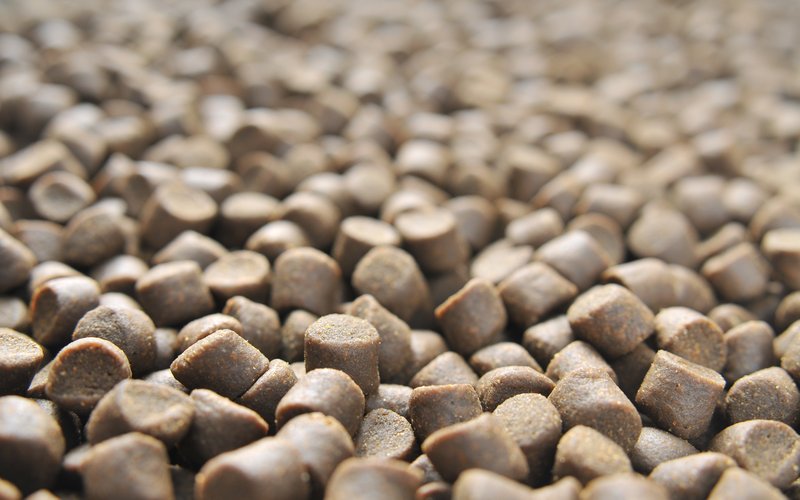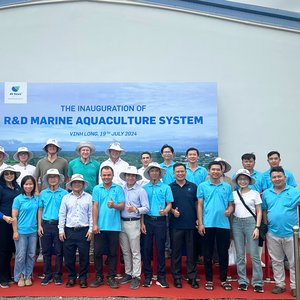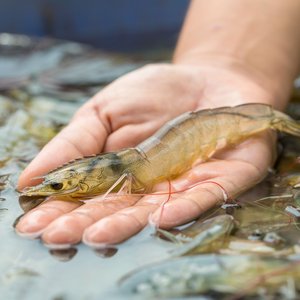The lack of domestically produced feed has long been recognized as a major constraint to aquaculture growth in Hawai’i. Shipping to the isolated island chain accounts for upward of 30% of imported feed cost, and more if ground transport to the shipping port must be factored in.
Aquaculture makes up more than half of Hawai’i’s USD 220 million animal agriculture production, growing by 300% in value over three decades to 2020 (latest figures). According to Dr. Anthony Ostrowski, AquaSource International, the current aquafeed requirement in the state is some 3,500 tons a year, mainly for kampachi (2,000 tons), shrimp (1,000 tons) and tilapia and catfish (500 tons). Others have put the number closer to 4,000 tons.
Ambitions to provide locally produced feed have a long and tortuous history, going back to the first concept and funding in the 1980s. By the early 1990s, the Oceanic Institute (OI) had the design for a pilot scale mill, along with all the equipment donated by an enthusiastically supportive industry. It would have been the first aquatic feed mill and showcased the latest technology. The project was on again, off again until 2014 when the Omidyar Group’s Ulupono Initiative stepped in to invest. In 2018, the Oceanic Institute, now owned by Hawai’i Pacific University, finally built a much-modified Feeds Research and Pilot Production Facility at the University of Hawaii Panaewa farm site at Hilo on the Big Island of Hawai’i. It wasn’t operational for long, however, and now stands silent.
The Center for Tropical and Subtropical Aquaculture (CTSA) is actively investigating the possibility of bringing the mill back to life. At the end of July, a stakeholder meeting was held to review a cost analysis spreadsheet developed by Dr. Stuart Nakamoto, University of Hawaii, and discuss ways forward. Feed mill operations in the state face many challenges. Beyond the highest electricity rates in the nation, high wage costs and high maintenance costs, the greatest issue by far is the availability of local ingredients: there is some fish processing waste, but no volume of carbohydrate sources.
Concurrently, one of Hawaii’s largest fish wholesalers, Diamond Head Seafood (DHS), has built a small feed mill on Oahu and is in the process of installing a fishmeal plant to convert its estimated 150,000 lbs a month of fish processing waste. Ryan Murishige told the meeting that the DHS mill will be able to produce some 3,000 tons of feed a year. On top of the Hilo feed mill’s potential 12,000 tons of pelleted and extruded product, this would go a long way to meeting demand, assuming a solution can be found to sourcing local ingredients to make it.













